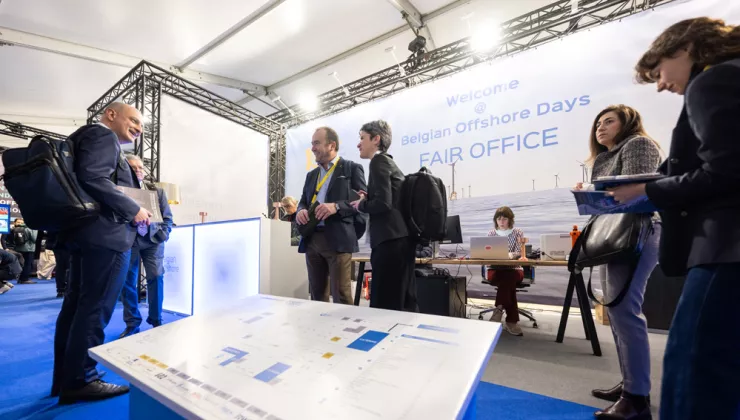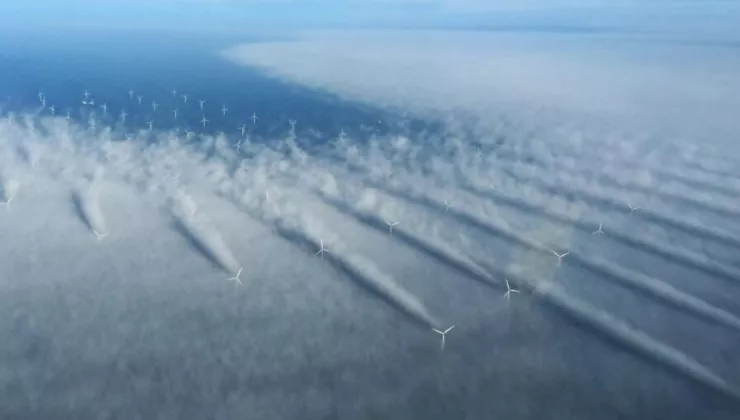The ecological impact of offshore wind farms
Fifteen years after the start of the WinMon.be programme, monitoring the ecological effects of Belgian offshore wind farms continues to provide new insights. This is evident from a recent report which contains new findings about bottom-dwelling invertebrates, fish, porpoises and birds.
Based on the results of the monitoring programme, new guidelines and recommendations are drawn up to ensure that future offshore wind farms are designed and built in the most environmentally friendly manner.
Background
The Belgian part of the North Sea currently features 399 offshore wind turbines spread over eight offshore wind farms. These turbines have a total installed capacity of 2.26 Gigawatts, and produce an average of 8 TWh annually. This accounts for approximately one third of the gross electricity production from renewable energy sources in Belgium. Their impact on the marine ecosystem has been investigated since 2008 through the WinMon.BE monitoring and research programme.
In their latest report, scientists from the Institute of Natural Sciences, the Nature and Forest Research Institute, the Marine Biology research group of Ghent University and the Flanders Research Institute for Agricultural, Fisheries and Food discuss the latest findings from 2022, point out areas where further research is required and needs and describe which additional mitigation measures need to be taken.

Conclusions
The most important new insights from the recently published report are:
- Higher numbers and more species of organisms living on the seabed were found around the wind turbines and in the channels between the sandbanks on which the wind farms are built;
- Offshore wind farms act as a refuge for plaice, as direct fishing mortality is lower and this is likely to create favorable conditions for the species to reproduce;
- The porpoise appears to have a preference for the western part of the Belgian North Sea, but its distribution is also negatively linked to the intensity of ship traffic and the distance to the nearest offshore wind farm;
- Great black-backed gulls and sandpipers are attracted to offshore wind farms, while gannets avoid the parks. The report can no longer demonstrate that guillemots avoid wind farms. More razorbills were also observed;
- Temporarily shutting down turbines during typical periods of bird migration would significantly reduce the risk of collisions.
More info
About WinMon.BE
The WinMon.BE Monitoring Programme is commissioned by the Federal Government as part of the environmental permit conditions for offshore wind farms. The research vessel Belgica, the research vessel Simon Stevin, several private vessels, the Belgian scientific diving team and the aerial surveillance aircraft of the Institute of Natural Sciences were used to carry out the monitoring.
WinMon.BE is a cooperation between the Institute of Natural Sciences, the Nature and Forest Research Institute (INBO), the Marine Biology Research Group of Ghent University and the Flemish Research Institute for Agriculture, Fisheries and Food (ILVO), and is coordinated by the Marine Ecology and Management team (MARECO) of the Institute of Natural Sciences.


